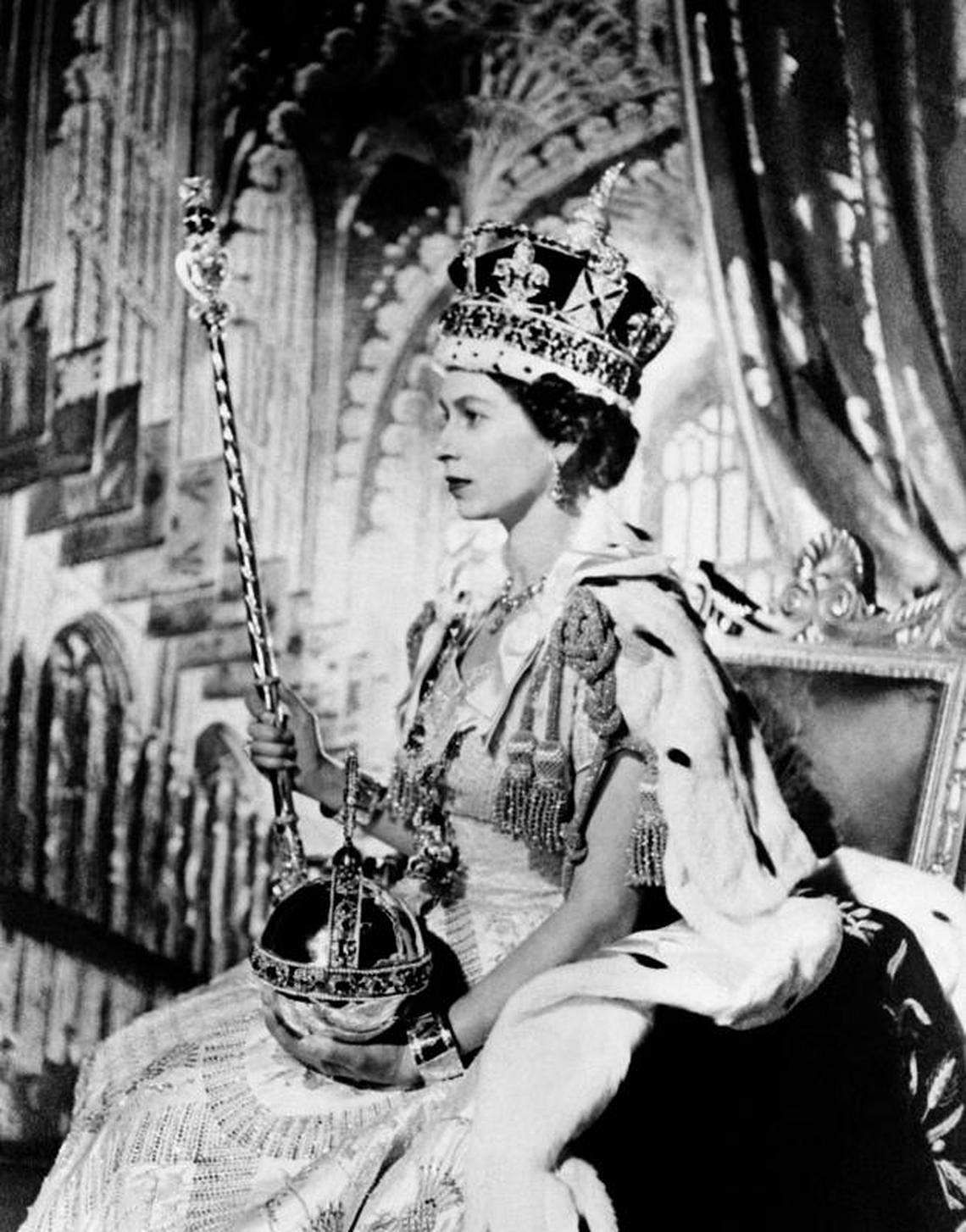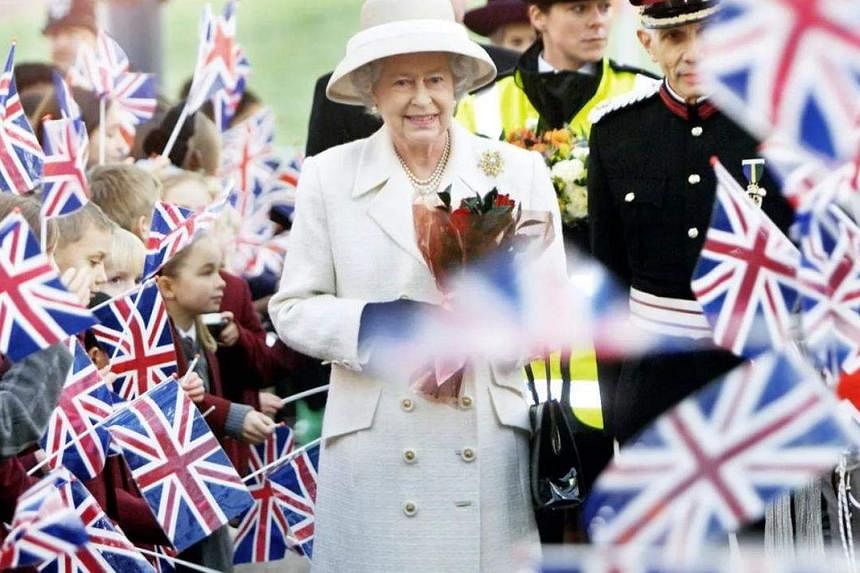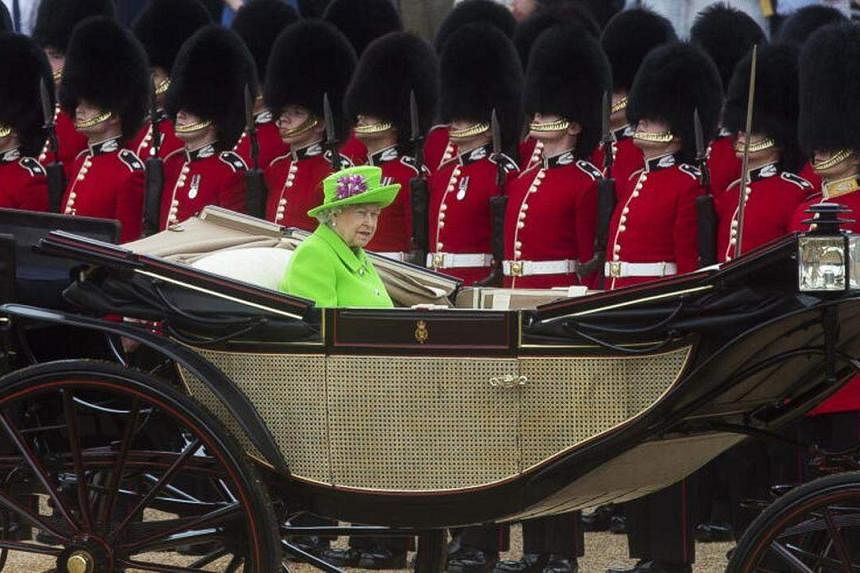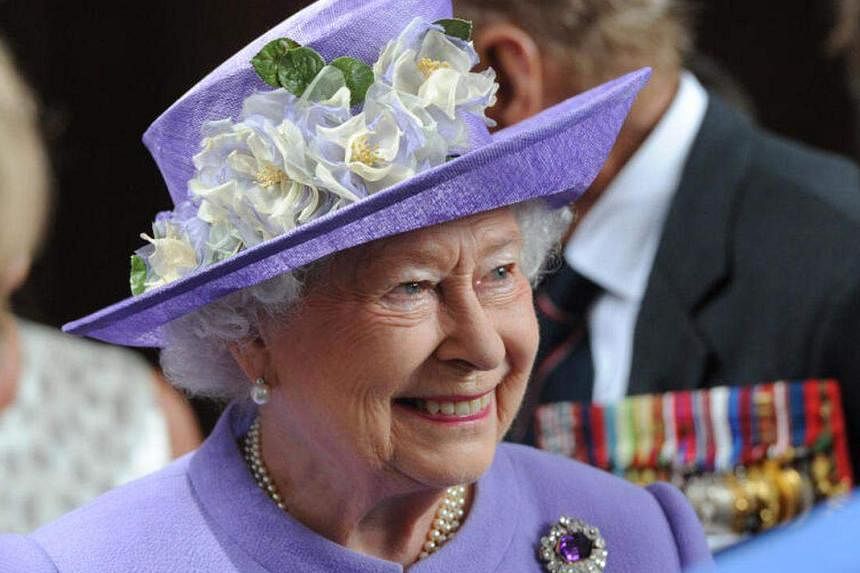LONDON – Queen Elizabeth II, Britain’s longest-serving monarch who died on Thursday, remained resolutely mum about her political leanings throughout her time on the throne, as her role in her country’s constitutional monarchy decreed.
Yet an indelible part of her legacy – along with her steadfast dedication to her country, its traditions and the symbolism of a crown – was to create the prototype for a new kind of female power dressing in the latter half of the 20th century.
“I have to be seen to be believed,” the Queen famously said, and from the moment she became sovereign in 1952, at age 25, she clothed herself with that purpose in mind.
In being restricted, largely, to pleasantries and pantomime (while at the same time participating in about 300 public events a year) she keenly understood that imagery could nonetheless speak volumes – and that she was dressing not only for her people, but also for posterity.
Her skill was in breaking new ground while convincing the world that she was dutifully doing her job, upholding tradition.
She was an adept and committed practitioner of fashion diplomacy, paving the way for former United States first lady Michelle Obama and the Duchess of Cambridge, Kate Middleton – among other women whose roles demanded fluency in political semiology – to work with designers and brands to extend the hand of friendship across borders. She used her position to shine a light on local industry before presidential spouses Brigitte Macron or Jill Biden did.
And she was a master of dressing for the media: originating and popularising the practice of wearing a brightly coloured suit as a way to both blend in with the establishment and stand out in a crowd, thus providing the strategic template for female political heavyweights such as former United States Secretary of State Hillary Clinton, former German chancellor Angela Merkel and US House Speaker Nancy Pelosi.

Long before American reality star Kim Kardashian appeared at the 2021 Met Gala in a full-body black unitard and dress, underscoring the fact that she was so ubiquitous a pop-culture presence that she was identifiable simply by her outline, the Queen, a tiny woman in a hat with a handbag hanging off the crook of her arm, could be identified from her silhouette alone.
This is why no matter what actress was channelling Her Majesty – Claire Foy, Olivia Colman, Helen Mirren, Emma Thompson, Imelda Staunton – she could easily look the part.
Although the Queen lived through as many trends as she did prime ministers (15) and United States presidents (14), including the eras of Mods, punk, Teddy Boys and Sloane Rangers, she never followed them. She set her own. And although she was often characterised as hidebound in her style, she was ahead of the curve in approach.
Her consistency of dress was a sign of reliability in the face of global change, a physical expression of her job as a living historical symbol and a tool wielded with precision, aforethought.

Her strategic wardrobing began in 1953 with her coronation gown, an ivory satin style embroidered with choice flora of the realm – including English roses, Scottish thistles, Welsh leeks, Irish shamrocks, Canadian maple leaves, New Zealand silver ferns, Pakistani wheat, Australian wattles and South African protea – kicking off what would be decades of considered diplomatic symbolism.
She wore a green and white maple leaf dress for a state dinner in Ottawa, Ontario, in 1957; a white dress decorated with orange California poppies for a Hollywood dinner with then US President Ronald Reagan and his wife Nancy in 1983; and a pink dress embroidered with tree peonies, a popular flower in China, to dine with its then leader Deng Xiaoping in 1986. She arrived in Dublin in 2011 in a bright green dress and coat when she became the first British monarch to visit the Republic of Ireland.
But her intentionality was not limited to her foreign trips. She was also keenly aware of her position in the domestic agenda.

She settled on her tone-on-tone look from hat to suit or dress and coat to 5cm pumps to make herself easily identifiable to her subjects, and she stuck to it loyally for years, a beacon in periwinkle, rose, jade, lilac and grape. “I can never wear beige because nobody will know who I am,” she once acknowledged to royal biographer Robert Hardman.
On her 90th birthday, her lime green suit was so bright, it got its own hashtag: #neonat90. Indeed, her use of colour inspired a book by Sali Hughes, Our Rainbow Queen, one of at least seven on the Queen’s style. The repetition also functioned, when necessary, as a kind of armour against the slings and arrows of public opinion.

The late Norman Hartnell, who made the Queen’s wedding and coronation gowns, and Hardy Amies were her original local couturiers of choice. This was followed in recent years by Stewart Parvin and Angela Kelly, her senior dresser of more than two decades and an author of two books on royal style.
The Queen’s famous boxy handbags – she had more than 200 – were from Launer London, which she awarded a royal warrant in 1968.

That she did all this while somehow being considered outside of fashion – using the safety of frumpiness and the boringly appropriate to disguise just how tactical her choices were – was a master class in sartorial misdirection.
And as those gowns and suits migrate from her closets into museums and royal archives, to be preserved for future study, they should be remembered not just as relics of a reign, but also as instruments of a different, peculiarly modern kind of realpolitik. NYTIMES




